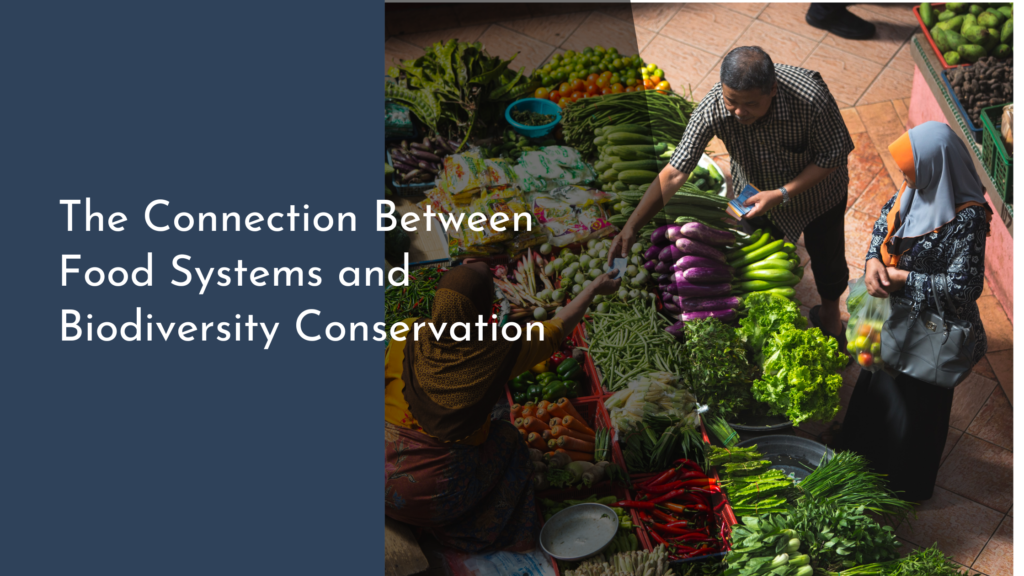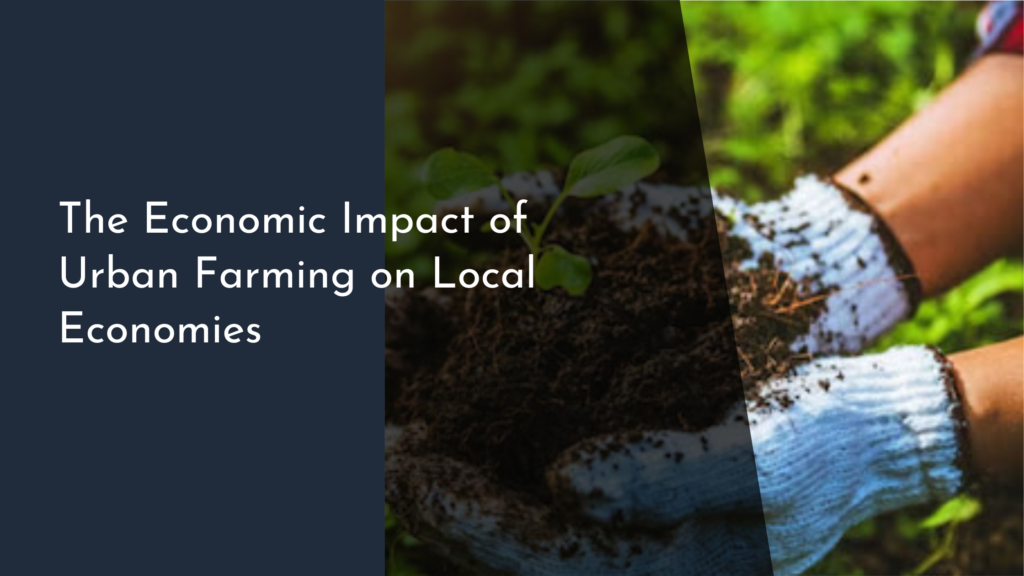Agroforestry: Merging Agriculture with Forest Ecology
Agroforestry is an innovative approach to land-use management that harmoniously blends agriculture and forestry, offering a sustainable solution to many of the environmental challenges we face today. By integrating trees, shrubs, and crops into a single ecosystem, agroforestry promotes the health of both the land and the communities that depend on it. This synergistic practice not only enhances biodiversity but also maximizes productivity, making it a compelling option for farmers and landowners worldwide. In this article, we’ll delve into the principles of agroforestry, explore its myriad benefits, outline best practices, and share some inspiring success stories from around the globe.
Discovering Agroforestry: A Greener Future Awaits!
Agroforestry is more than just a farming technique; it represents a holistic philosophy that seeks to restore ecological balance while promoting economic stability. By incorporating trees into agricultural landscapes, farmers can create multifunctional spaces that yield food, timber, and ecosystem services. This approach helps to mitigate the impacts of climate change, enhance soil health, and improve water management. As we shift towards more sustainable practices, agroforestry stands at the forefront, promising a greener future for our planet.
The concept of agroforestry is rooted in traditional practices that have been used for centuries in various cultures around the world. Today, it is gaining traction as a solution to modern agricultural challenges, such as soil degradation, loss of biodiversity, and food insecurity. By creating diverse ecosystems that mimic natural forests, agroforestry fosters resilience and sustainability, allowing both crops and trees to thrive in symbiosis. The potential for agroforestry to combat global issues while providing economic benefits makes it a compelling avenue for the future of farming.
Benefits of Combining Crops and Trees for Our Planet
The benefits of agroforestry are numerous and impactful. One of the most significant advantages is its ability to enhance biodiversity. By integrating trees into crop fields, farmers provide habitats for numerous species, including pollinators and beneficial insects. This increased biodiversity leads to improved pest control, natural fertilization, and overall ecosystem health. In turn, healthier ecosystems contribute to greater agricultural resilience, ensuring food security in the face of climate challenges.
In addition to ecological benefits, agroforestry also has substantial economic advantages. Farmers can diversify their income streams by producing a variety of products, such as fruits, nuts, medicinal plants, and timber alongside traditional crops. This diversification not only reduces financial risk but also enhances food sovereignty for local communities. Moreover, agroforestry systems can sequester carbon, playing a crucial role in combating climate change and improving air quality. As awareness of these benefits spreads, agroforestry emerges as an attractive option for both environmental and economic sustainability.
Best Practices for Thriving Agroforestry Systems
To establish a successful agroforestry system, it’s essential to follow best practices tailored to local environmental conditions and community needs. First and foremost, farmers should conduct a thorough assessment of their land, taking into consideration soil type, climate, and existing vegetation. This foundational knowledge allows for informed decisions about tree species selection, crop combinations, and planting designs that enhance compatibility and productivity.
Another key practice is to implement agroecological principles, such as crop rotation, intercropping, and organic soil management. These techniques help maintain soil fertility and structure, while also reducing the reliance on synthetic inputs. Continuous monitoring and adaptive management are crucial to ensure the system remains productive and sustainable over time. By fostering collaboration among farmers, researchers, and local stakeholders, communities can share knowledge and resources, leading to thriving agroforestry systems that benefit everyone involved.
Inspiring Success Stories from Around the World
The power of agroforestry can be seen in several success stories across the globe. In Brazil, the "Sistemática de Integração Lavoura-Pecuária-Floresta" initiative combines agriculture, livestock, and forestry in a sustainable model that has not only improved farmers’ livelihoods but also restored degraded land. This innovative approach has led to increased productivity and enhanced biodiversity while providing farmers with a resilient framework to adapt to climate variations.
In Africa, agroforestry projects have transformed communities by addressing food insecurity and environmental degradation. One notable example is the Farmer Managed Natural Regeneration (FMNR) movement in Niger, which encourages the regrowth of native trees on farmland. This grassroots initiative has proven successful in revitalizing ecosystems, improving soil health, and increasing crop yields, proving that local communities can lead the way towards sustainable agriculture through agroforestry practices.
Agroforestry is a powerful tool for merging agriculture with forest ecology, paving the way for a sustainable and resilient future. By embracing this innovative approach, we can foster biodiversity, enhance food security, and combat climate change—all while supporting the livelihoods of farmers and local communities. As we learn from the success stories around the world and adopt best practices tailored to our unique environments, we can create thriving agroforestry systems that benefit both people and the planet. Embracing agroforestry is not just a choice; it’s a commitment to a greener, more sustainable future for generations to come!



